Why Seals Don’t Drown in the Deep (and Other Facts That’ll Amaze You)
Seals have a reputation for being the laid-back loungers of the animal kingdom, but there’s a lot more going on beneath that sleek surface. Seals, with dive times that rival submarines and milk fat percentages that beat heavy cream, are some of the ocean’s oddest overachievers. Here’s a collection of surprising, scientific, and straight-up fun facts.
They Plan Their Dives Using Oxygen Awareness
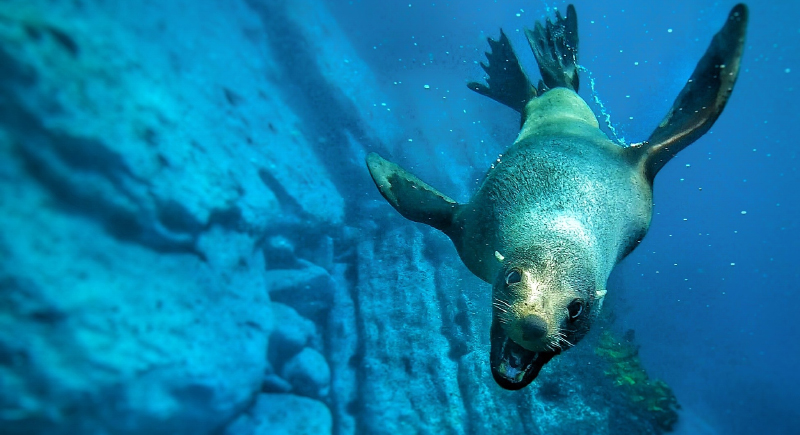
Credit: flickr
A study on gray seals found that they can sense how much oxygen is in their blood and plan how long they’ll stay submerged based on that. That kind of physiological awareness lets them avoid running out of air mid-dive. It’s a rare cognitive skill, and scientists think whales and dolphins may do it, too.
Their Brains Cool Down Underwater
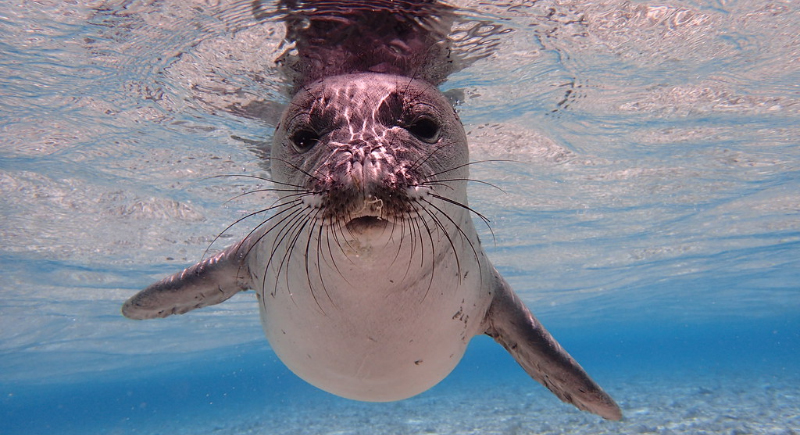
Credit: flickr
During deep dives, some seal species lower their brain temperature to stretch their oxygen supply. Scientists measured a drop of around 3 degrees Celsius in hooded seals during 15-minute dives.
They Can Handle High Carbon Monoxide Levels
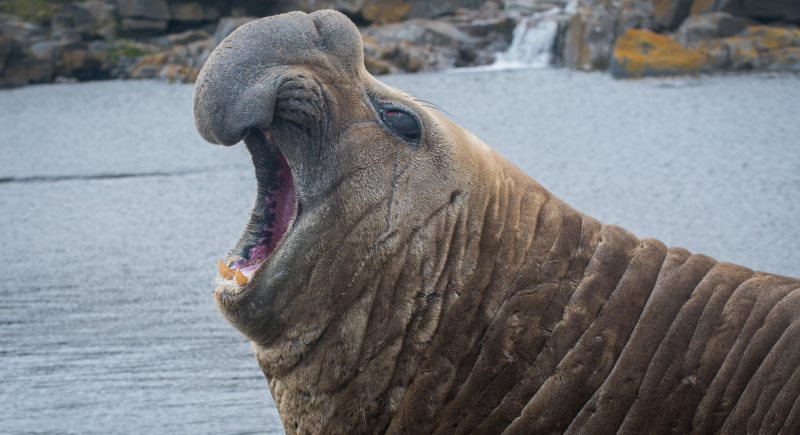
Credit: Wikimedia Commons
Seals naturally carry carbon monoxide in their blood at levels that would be dangerous to humans. Elephant seals, for instance, have about 10% carbon monoxide in their blood. Since exhaling is the only way to release the gas, and they spend most of their time underwater, they store it safely in their system.
Some Species Can Sleep in the Water
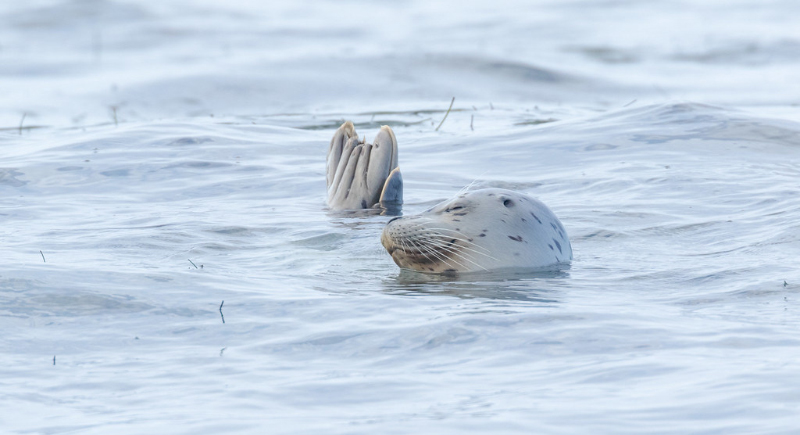
Credit: flickr
Seals don’t always need land to nap. Certain species have adapted to sleep while floating or bobbing in the sea, often just beneath the surface. It helps them avoid predators and stay near feeding zones. Some can even rest one brain hemisphere at a time, keeping half awake to remain alert.
Their Blood Is Packed With Oxygen-Storing Proteins
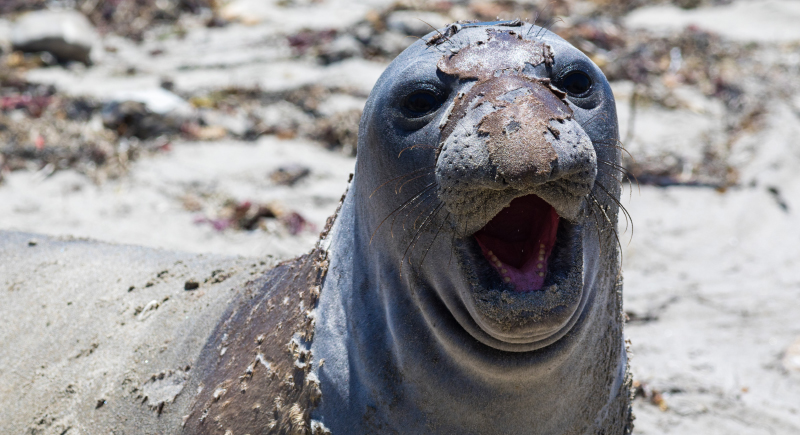
Credit: Wikimedia Commons
Seals make the most of every breath by loading their blood and muscles with myoglobin, a protein that stores oxygen. This allows them to carry much more oxygen than land mammals and sustain long dives. This storage system is part of what makes seals diving champions.
One Species Lives Entirely in Freshwater
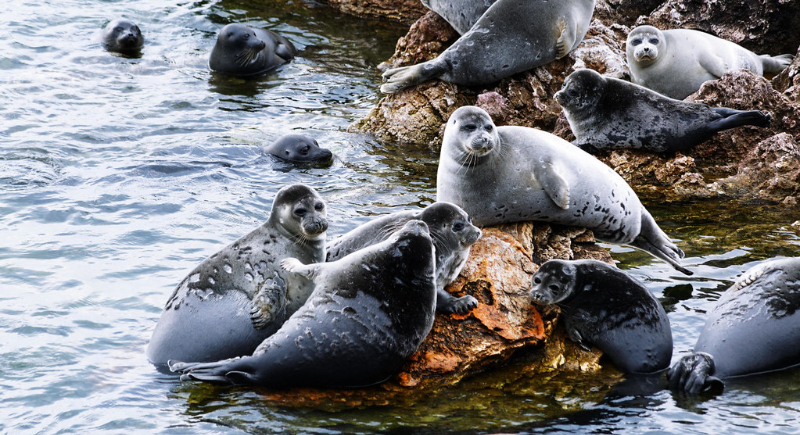
Credit: flickr
Most seals stick to saltwater, but the Baikal seal breaks that rule. This small true, found only in Russia’s Lake Baikal, seal is the world’s only freshwater pinniped. Scientists believe their ancestors entered the lake thousands of years ago and adapted fully to the inland environment.
They Can Dive Deeper Than a Skyscraper Is Tall
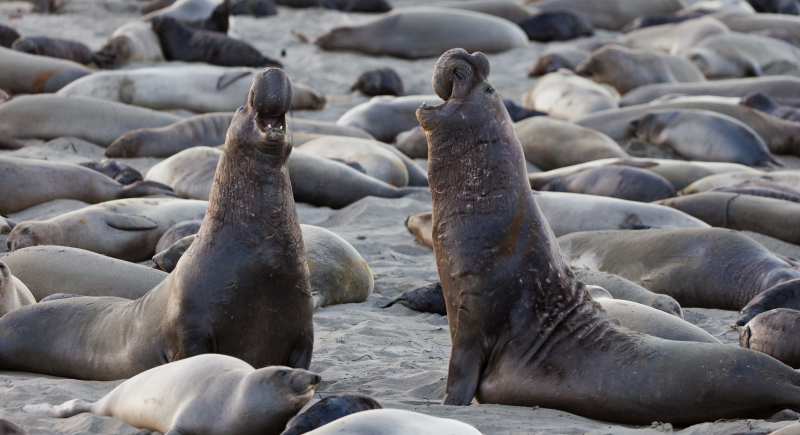
Credit: Wikimedia Commons
Northern elephant seals dive more than 5,000 feet beneath the ocean’s surface, deeper than most skyscrapers are tall. They descend for food, often in long, repetitive dives lasting up to two hours. Before diving, they exhale to collapse their lungs and reduce buoyancy.
They’re Surprisingly Related to Bears and Skunks
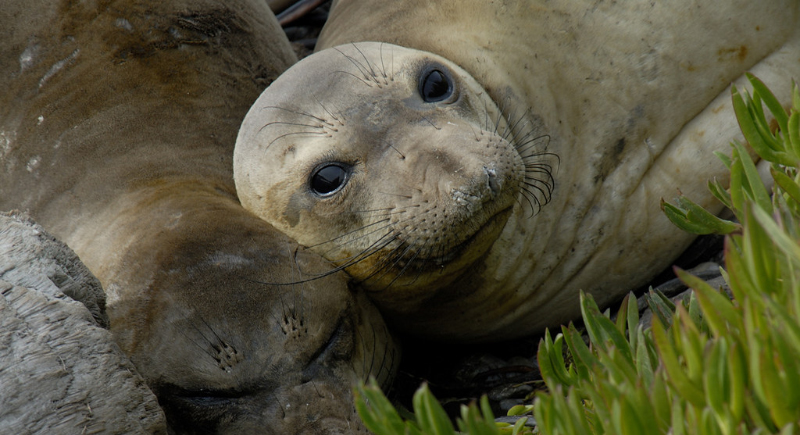
Credit: flickr
Seals evolved from land mammals, and their closest living relatives might surprise you. Genetic research places them within the Caniformia suborder, which includes bears, skunks, badgers, and weasels. This lineage traces back to otter-like ancestors.
Their Moms Recognize Them by Voice
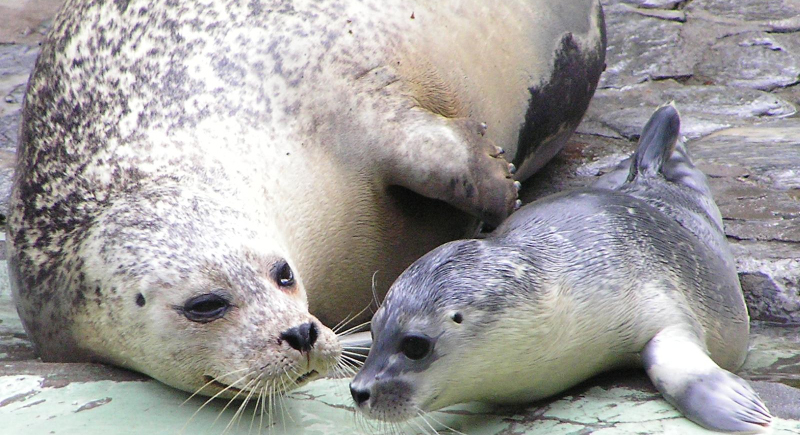
Credit: Wikimedia Commons
Each seal pup has a distinct call, and mothers can tell the difference. Female harbor seals were tested in playback experiments and responded more strongly to the calls of their own pups. Some even recognized their young after being separated for years.
Seal Milk Is Seriously Rich
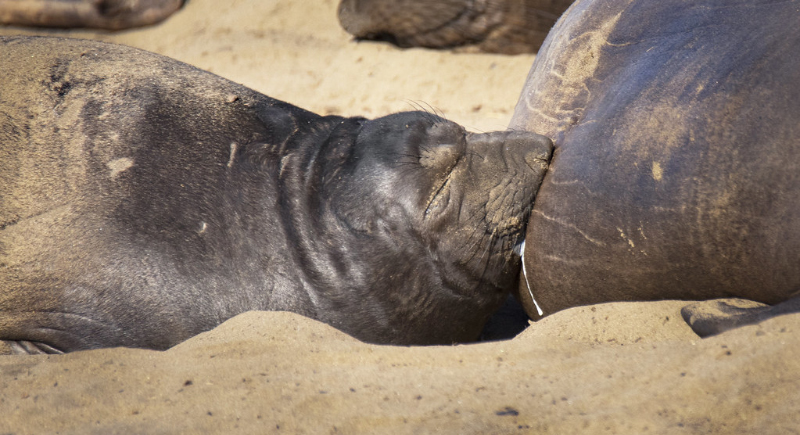
Credit: flickr
Seal mothers produce milk with extremely high fat content—up to 50% in some species. That’s more than double the fat content of heavy cream. This nutrient boost helps pups pack on weight fast. It’s an evolutionary shortcut to survival, especially in cold environments where fat means warmth and energy.
Leopard Seals Hunt Other Seals
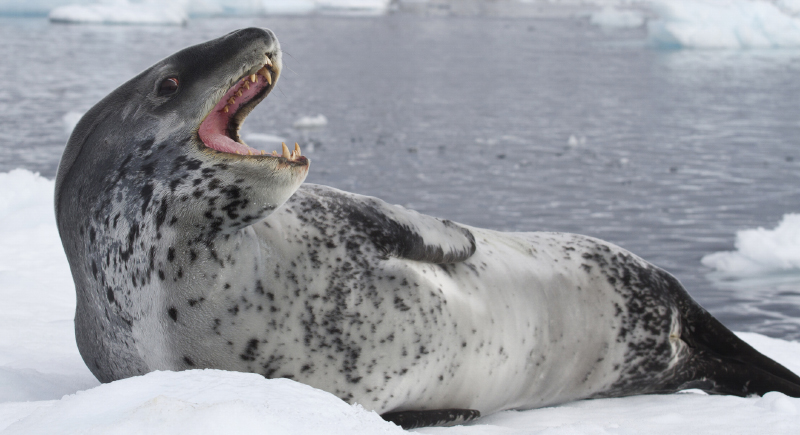
Credit: iStockphoto
While most seals stick to fish, squid, and crustaceans, leopard seals sometimes take it up a notch by preying on other seals. They’re one of the few seal species that actively hunt warm-blooded prey. Fast, agile, and strong, leopard seals are apex predators in Antarctic waters.
Some Can Live More Than Three Decades
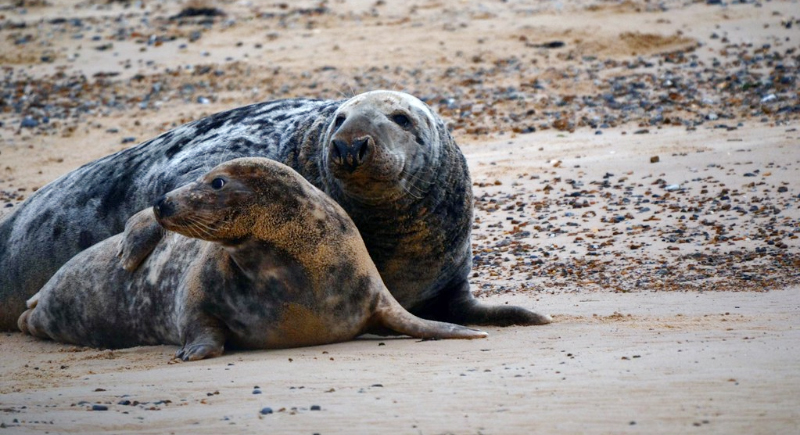
Credit: flickr
Gray seals in the wild can live up to 35 years. Females tend to outlive males, with most males reaching only about 25. Age can be estimated by counting seal teeth layers, which form like tree rings.
They Don’t Actually Lack Ears
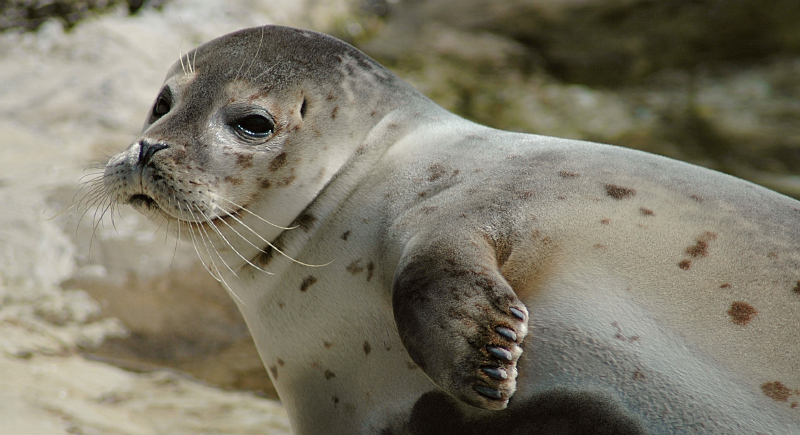
Credit: Wikimedia Commons
So-called “earless” seals do have ears; they’re just internal. Unlike sea lions and fur seals, which have visible external ear flaps, true seals (phocids) have small openings covered by skin. But they still hear well, especially underwater. In fact, true seals can detect higher-frequency underwater sounds than their eared relatives.
Males Rarely Get to Mate
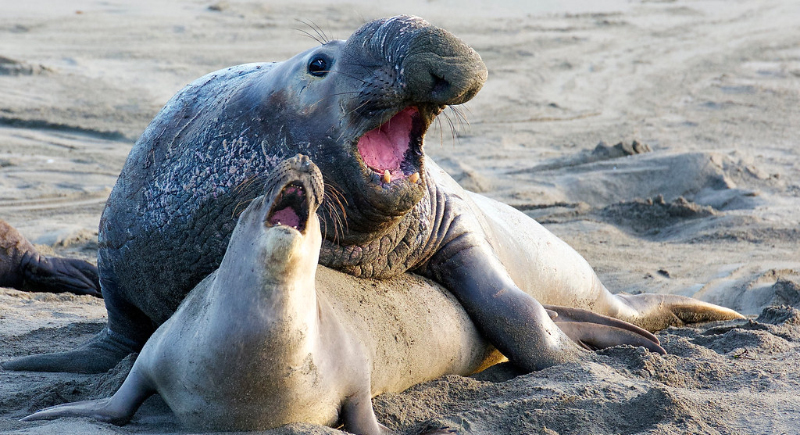
Credit: flickr
In elephant seal colonies, mating rights are strictly limited. The dominant alpha male fathers more than 90% of the pups, while many other males never mate at all. This rough system leads to fierce competition, loud fights, and short-lived dominance.
They’ve Lost Species to Extinction
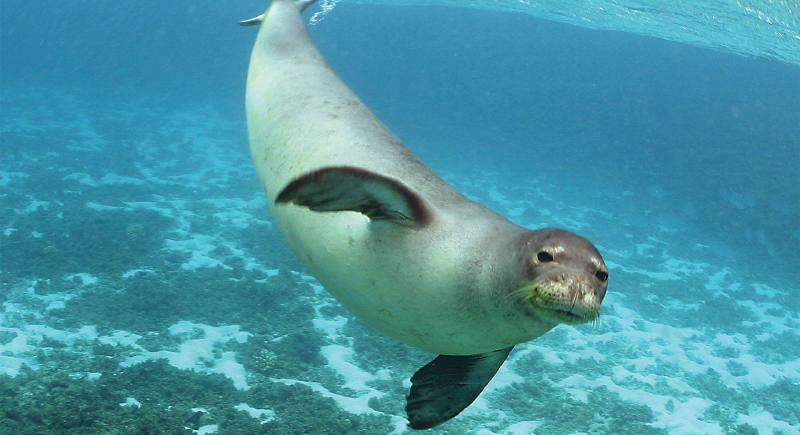
Credit: Reddit
The Caribbean monk seal and Japanese sea lion both went extinct in the 20th century, largely due to hunting and habitat changes. Climate change now threatens several Arctic species, such as the ringed and bearded seals, which rely on sea ice for breeding and resting.